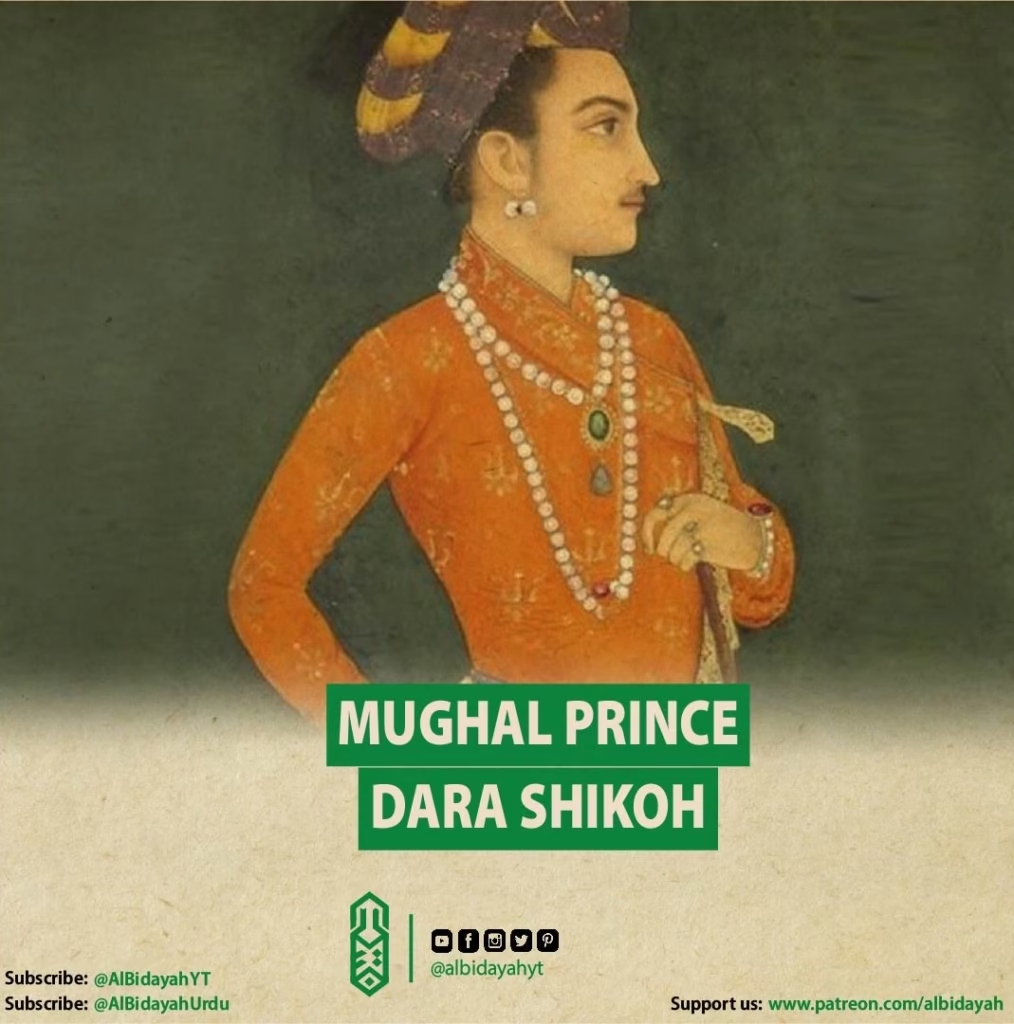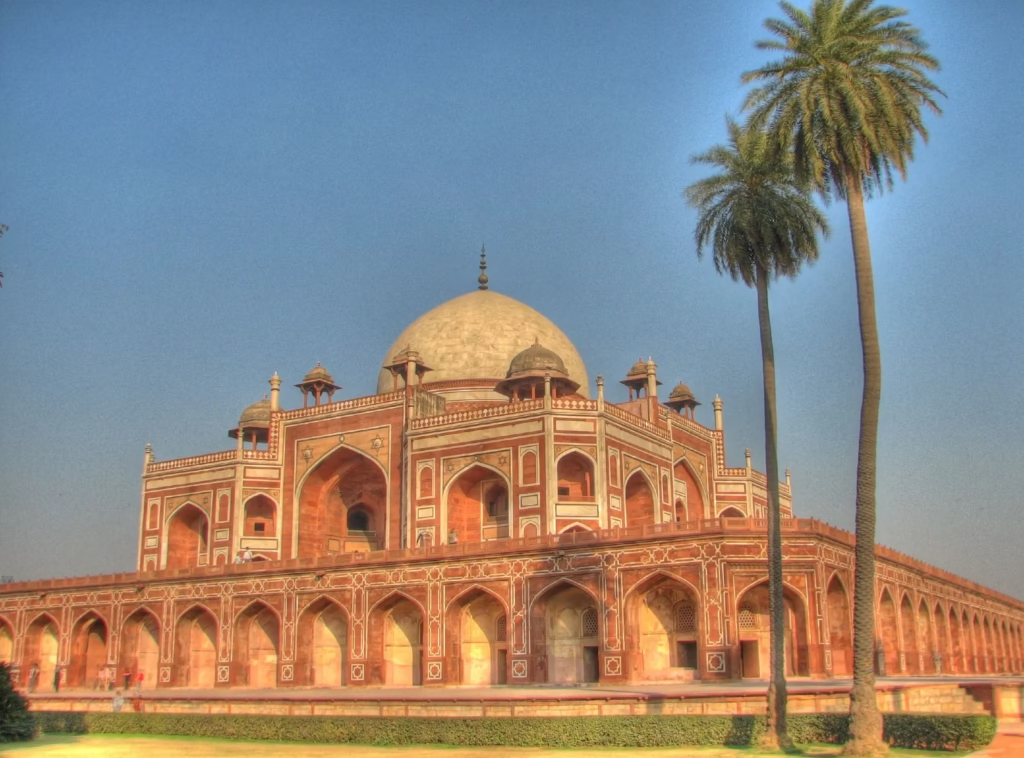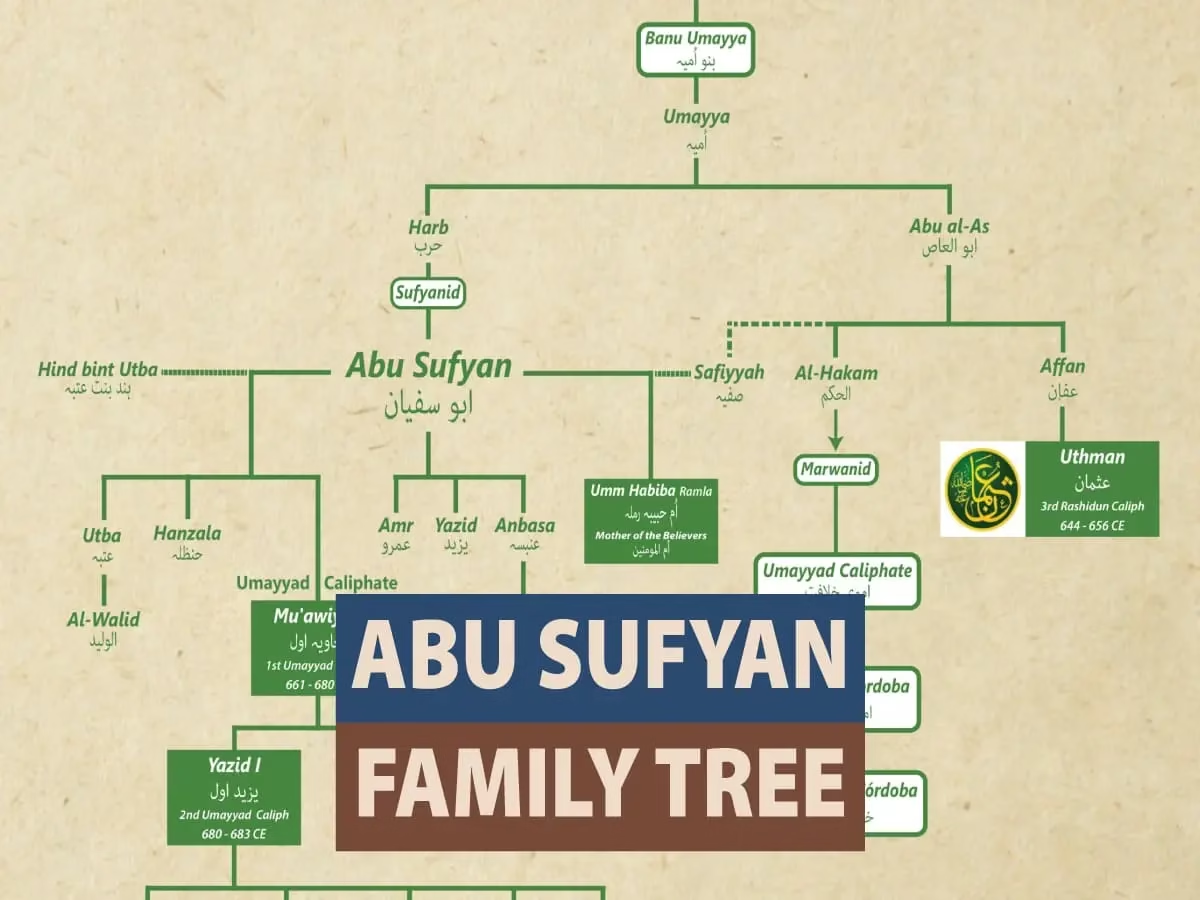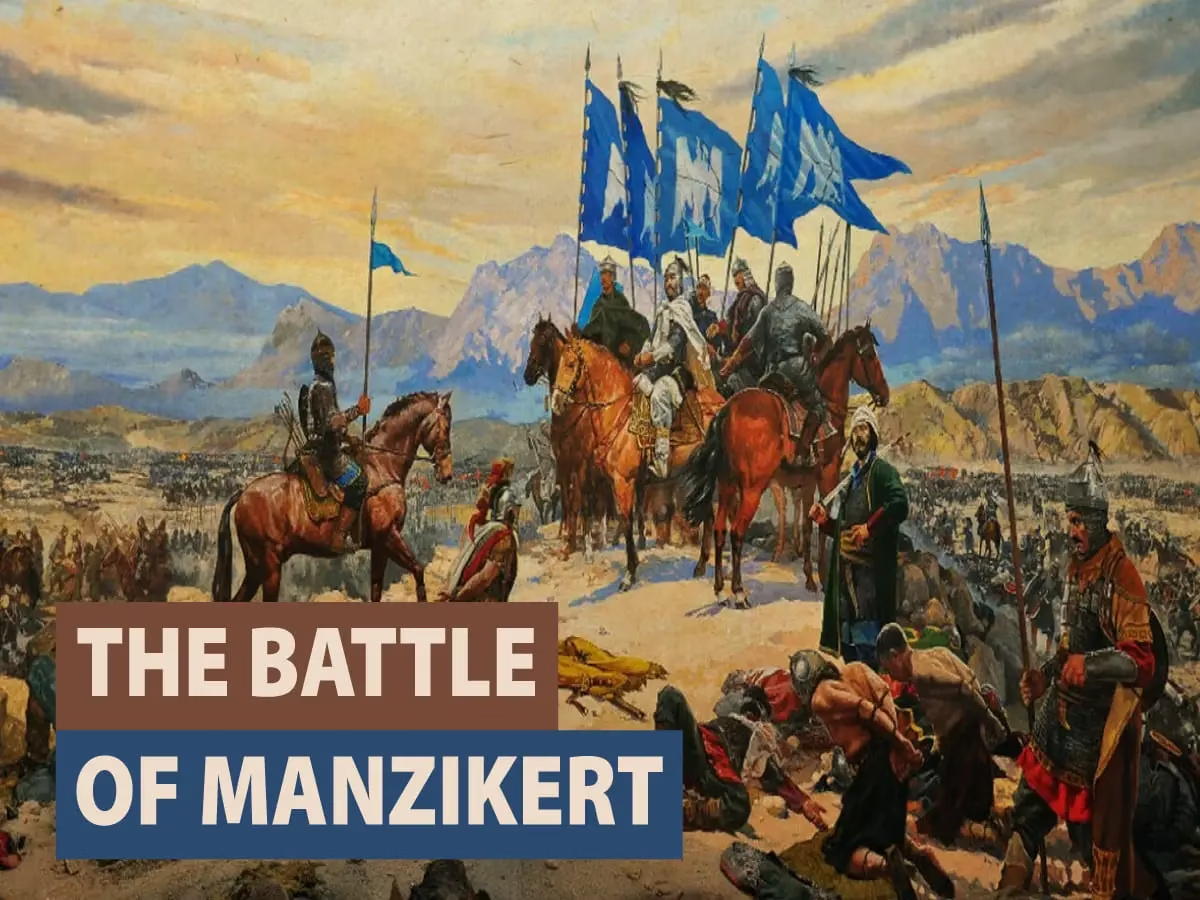Muhammad Dara Shikoh was born on 11 March 1615 CE in Ajmer, Rajasthan. He was the eldest son of Mughal Emperor Shah Jahan and Mumtaz Mahal. Educated in the Quran, history, Persian poetry, and calligraphy, Dara was known for his liberal and spiritual nature, which contrasted sharply with the strict orthodoxy of his younger brother Aurangzeb.

See Also: Timurids Family Tree: From Amir Timur to Emperor Babur
Early Life and Education
Persian was Dara’s native language, but he also mastered Hindi, Arabic, and later Sanskrit. He had thirteen siblings, six of whom survived to adulthood. Among them, he shared a particularly close bond with his sister Jahanara Begum.
On 10 September 1642 CE, Shah Jahan formally declared Dara Shikoh his heir apparent, granting him the title Shahzada-e-Buland Iqbal (“Prince of High Fortune”).
Struggle for the Mughal Throne
In 1657, Shah Jahan fell seriously ill, triggering a fierce war of succession among his sons. The main contenders were Dara Shikoh and Aurangzeb, though their brothers Shah Shuja and Murad Baksh also joined the struggle.
Despite Shah Jahan’s support and an early victory at Bahadurpur in February 1658, Dara was ultimately defeated by Aurangzeb and Murad at the Battle of Samugarh, near Agra, on 30 May 1658.
Aurangzeb seized the Agra Fort, imprisoned Shah Jahan, and declared himself Emperor.
Betrayal and Capture
Following another defeat at Deorai, Dara fled to Sindh, seeking refuge with Malik Jiwan (Junaid Khan Barozai) — an Afghan chieftain whom Dara had once saved. However, Malik Jiwan betrayed him and handed him and his son Sipihr Shikoh over to Aurangzeb’s forces on 10 June 1659.
Execution of Dara Shikoh
Dara was brought to Delhi, paraded through the streets in chains, and publicly humiliated.
Fearing Dara’s popularity and influence, Aurangzeb convened a council of nobles and clergy that declared him an apostate and a threat to the empire.
On the night of 30 August 1659, Dara Shikoh was executed by Aurangzeb’s men in front of his son. His body was later buried in an unmarked grave within Humayun’s Tomb in Delhi.

Eyewitness Account
According to Niccolao Manucci, a Venetian traveler in the Mughal court, Aurangzeb demanded Dara’s severed head be brought before him for inspection. He reportedly struck it three times with his sword and then ordered it to be sent to Shah Jahan, who was imprisoned in Agra.
The guards were told to present it at the Emperor’s dinner table with the message:
“King Aurangzeb, your son, sends this plate to let him (Shah Jahan) see that he does not forget him”.

Shah Jahan instantly became happy (not knowing what was in store in the box) and uttered, “ Blessed be God that my son still remembers me”. Upon opening the box, Shah Jahan became horrified and fell unconscious.


